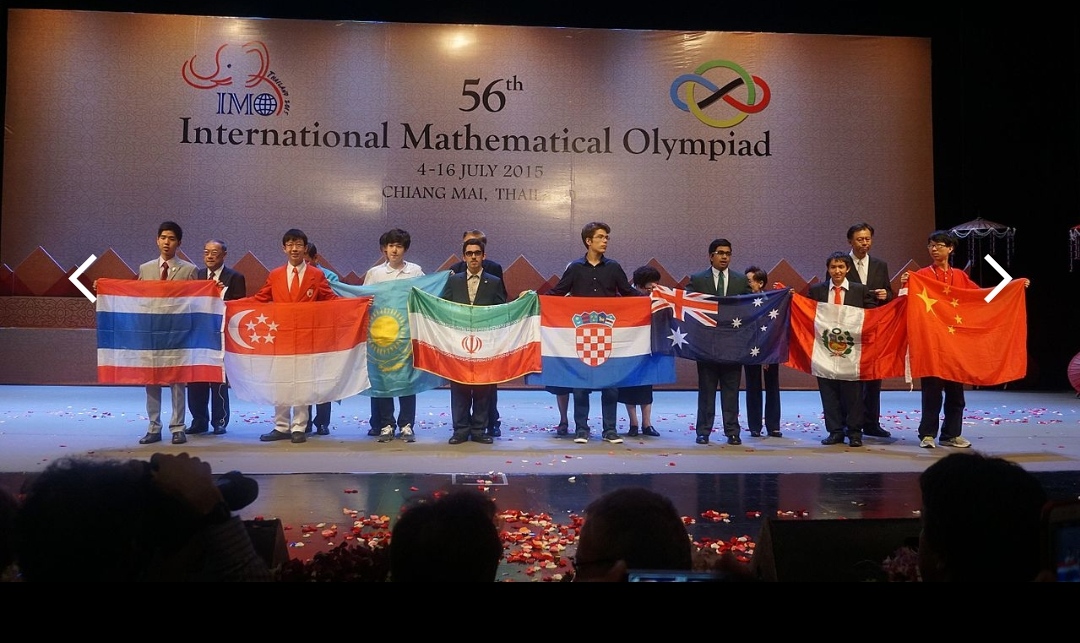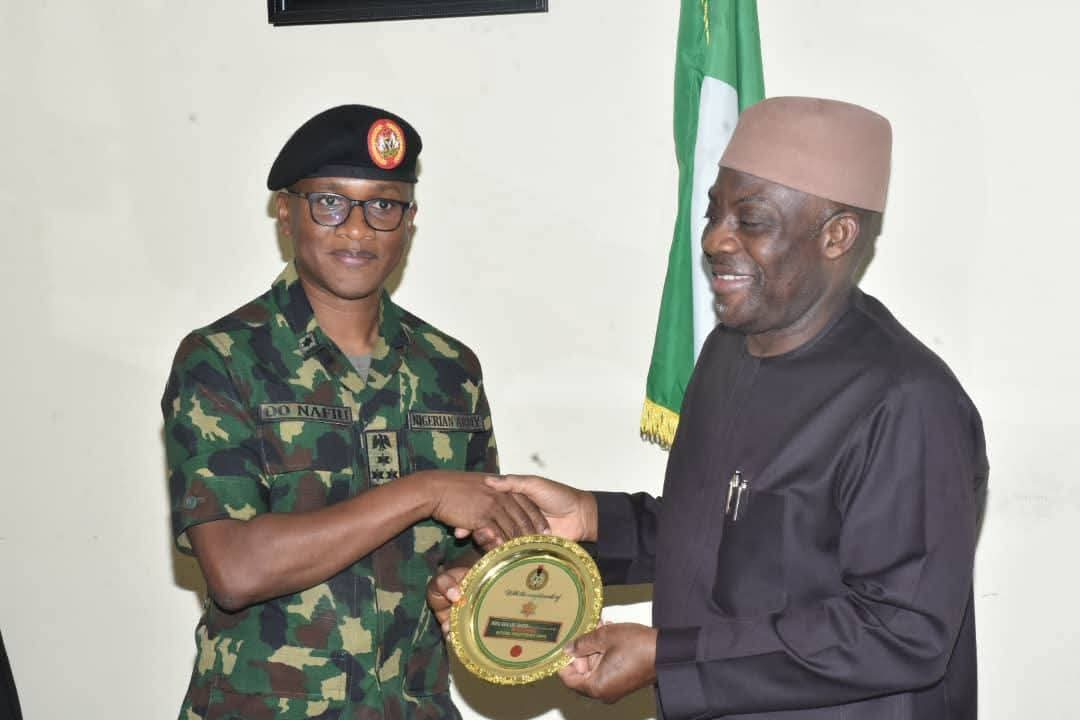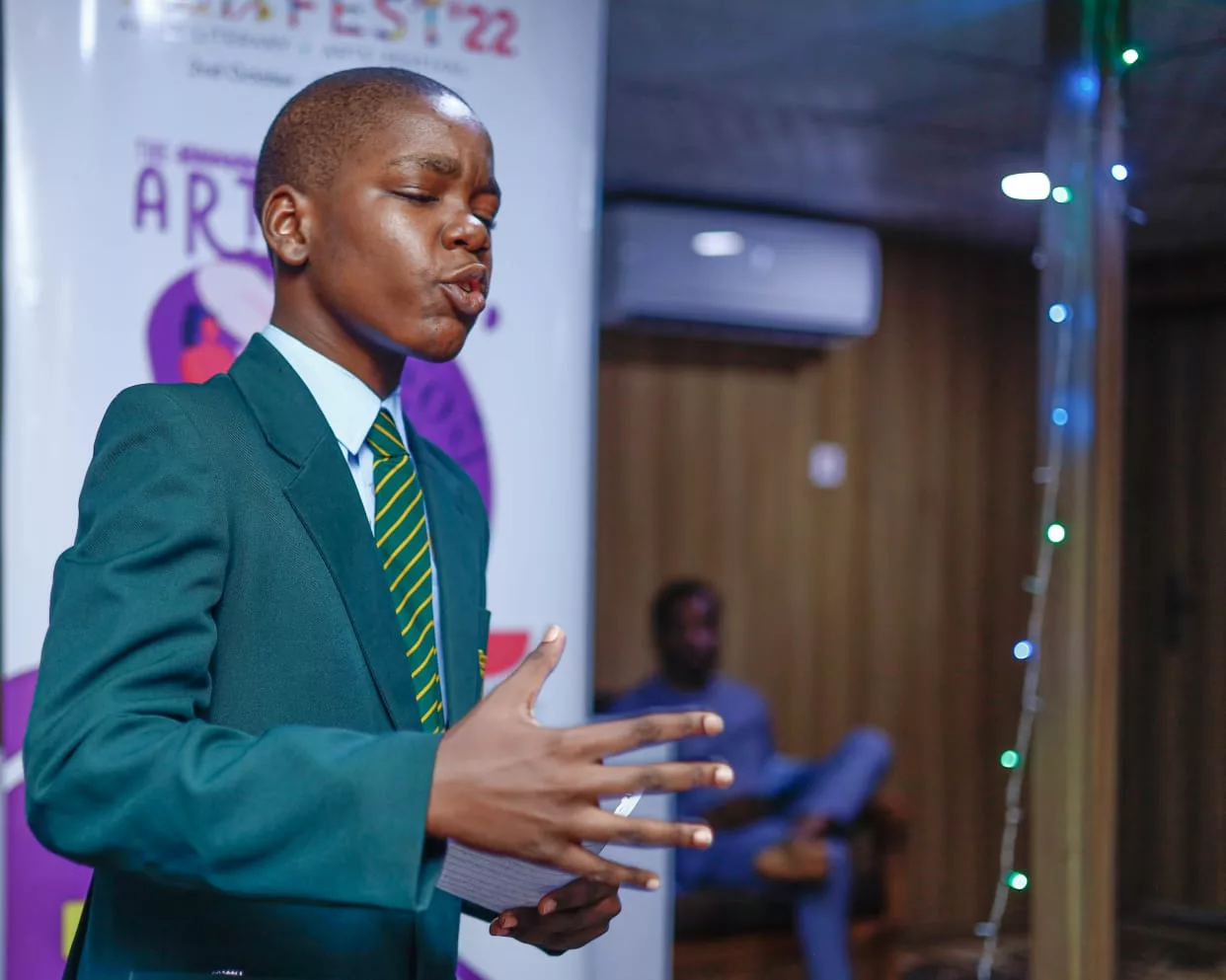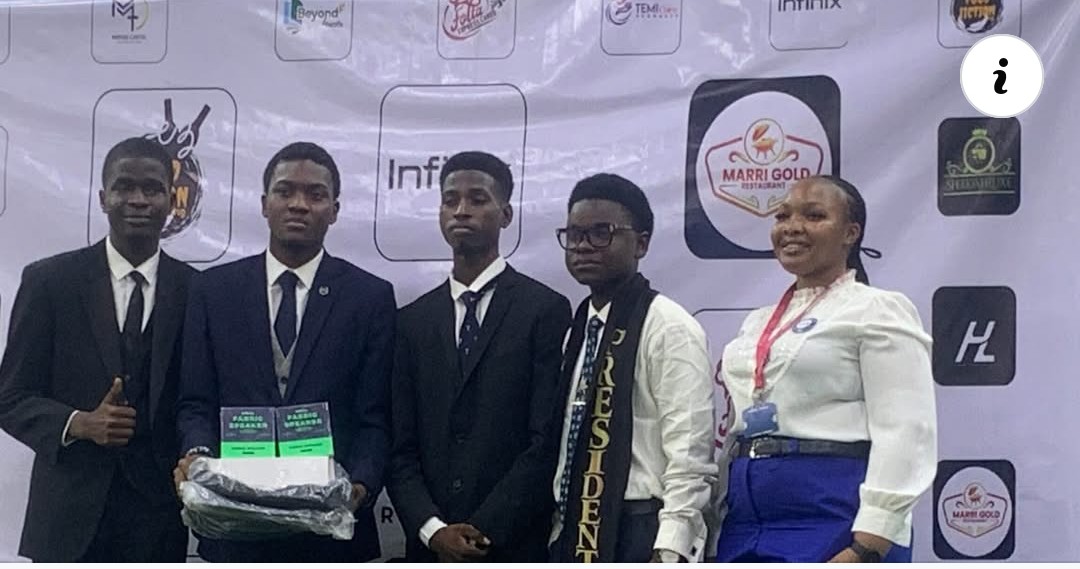The International Mathematical Olympiad (IMO) is a mathematical olympiad for pre-university students, and is the oldest of the International Science Olympiads. It is one of the most prestigious mathematical competitions in the world. The first IMO was held in Romania in 1959. It has since been held annually, except in 1980. More than 100 countries participate. Each country sends a team of up to six students, plus one team leader, one deputy leader, and observers.
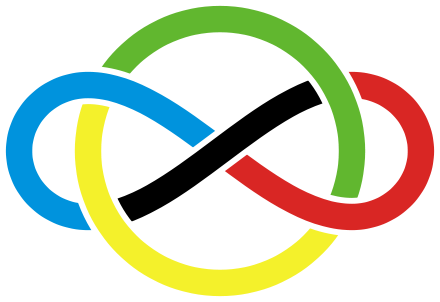
The content ranges from extremely difficult algebra and pre-calculus problems to problems in branches of mathematics not conventionally covered in secondary or high school and often not at university level either, such as projective and complex geometry, functional equations, combinatorics, and well-grounded number theory, of which extensive knowledge of theorems is required. Calculus, though allowed in solutions, is never required, as there is a principle that anyone with a basic understanding of mathematics should understand the problems, even if the solutions require a great deal more knowledge. Supporters of this principle claim that this allows more universality and creates an incentive to find elegant, deceptively simple-looking problems which nevertheless require a certain level of ingenuity, often times a great deal of ingenuity to net all points for a given IMO problem.
The selection process differs by country, but it often consists of a series of tests which admit fewer students at each progressing test. Awards are given to approximately the top-scoring 50% of the individual contestants. Teams are not officially recognized—all scores are given only to individual contestants, but team scoring is unofficially compared more than individual scores. Contestants must be under the age of 20 and must not be registered at any tertiary institution. Subject to these conditions, an individual may participate any number of times in the IMO.
History
The first IMO was held in Romania in 1959. Since then it has been held every year (except in 1980. That year, it was cancelled due to internal strife in Mongolia) It was initially founded for eastern European member countries of the Warsaw Pact, under the USSR bloc of influence, but later other countries participated as well. Because of this eastern origin, the IMOs were first hosted only in eastern European countries, and gradually spread to other nations.
Sources differ about the cities hosting some of the early IMOs. This may be partly because leaders and students are generally housed at different locations, and partly because after the competition the students were sometimes based in multiple cities for the rest of the IMO. The exact dates cited may also differ, because of leaders arriving before the students, and at more recent IMOs the IMO Advisory Board arriving before the leaders.
Several students, such as Lisa Sauermann, Reid W. Barton, Nicușor Dan and Ciprian Manolescu have performed exceptionally well in the IMO, winning multiple gold medals. Others, such as Terence Tao, Grigori Perelman, Ngô Bảo Châu and Maryam Mirzakhani have gone on to become notable mathematicians. Several former participants have won awards such as the Fields Medal.
The selection process for the IMO varies greatly by country. In some countries, especially those in East Asia, the selection process involves several tests of a difficulty comparable to the IMO itself. The Chinese contestants go through a camp.In others, such as the United States, possible participants go through a series of easier standalone competitions that gradually increase in difficulty. In the United States, the tests include the American Mathematics Competitions, the American Invitational Mathematics Examination, and the United States of America Mathematical Olympiad, each of which is a competition in its own right. For high scorers in the final competition for the team selection, there also is a summer camp, like that of China.
In countries of the former Soviet Union and other eastern European countries, a team has in the past been chosen several years beforehand, and they are given special training specifically for the event. However, such methods have been discontinued in some countries.
Awards
The participants are ranked based on their individual scores. Medals are awarded to the highest ranked participants; slightly fewer than half of them receive a medal. The cutoffs (minimum scores required to receive a gold, silver, or bronze medal respectively) are then chosen so that the numbers of gold, silver and bronze medals awarded are approximately in the ratios 1:2:3. Participants who do not win a medal but who score 7 points on at least one problem receive an honorable mention.
Special prizes may be awarded for solutions of outstanding elegance or involving good generalisations of a problem. This last happened in 1995 (Nikolay Nikolov, Bulgaria) and 2005 (Iurie Boreico), but was more frequent up to the early 1980s. The special prize in 2005 was awarded to Iurie Boreico, a student from Moldova, for his solution to Problem 3, a three variable inequality.
The rule that at most half the contestants win a medal is sometimes broken if it would cause the total number of medals to deviate too much from half the number of contestants. This last happened in 2010 (when the choice was to give either 226 (43.71%) or 266 (51.45%) of the 517 contestants (excluding the 6 from North Korea — see below) a medal),[19] 2012 (when the choice was to give either 226 (41.24%) or 277 (50.55%) of the 548 contestants a medal), and 2013, when the choice was to give either 249 (47.16%) or 278 (52.65%) of the 528 contestants a medal. In these cases, slightly more than half the contestants were awarded a medal.





